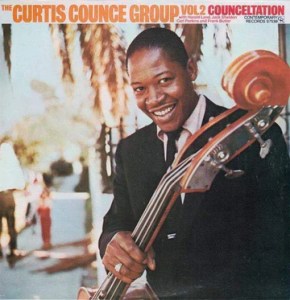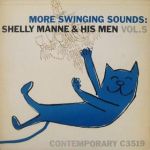 Hot Stamper Pressings of Well Recorded Jazz Albums In Stock Now
Hot Stamper Pressings of Well Recorded Jazz Albums In Stock Now
Hot Stamper Pressings of Must Own Jazz Albums In Stock Now
The vintage OJC pressings we played in our most recent shootout suffer from sonic problems common to many of these reissues: it was bright and dry.
To help you avoid records with this kind of sound, better suited to those who prefer compact discs to vintage vinyl, we have linked to others with similar problems on the blog:
The OJC pressing of this album is clearly better suited to the old school audio systems of the 60s and 70s than the modern systems of today. These kinds of reissues used to sound good on those older systems, and I should know, I had an old school stereo and some of the records I used to think sounded good back in the day don’t sound too good to me anymore (although this one never did).
The OJC pressings of More Swinging Sounds are thinner and brighter than even the worst of the later pressings we’ve auditioned. That is decidedly not our sound. It’s not the sound Roy DuNann was famous for, and we don’t like it either, although we have to admit that we did find the sound of many of these OJC pressings more tolerable in the past.
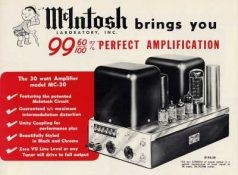 Our old system from the 80s and 90s was tubier, tonally darker and dramatically less revealing, which strongly worked to the advantage of leaner, brighter, less Tubey Magical titles such as this one. (Yes, I actually owned the ridiculously slow and colored Mac 30s you see here.)
Our old system from the 80s and 90s was tubier, tonally darker and dramatically less revealing, which strongly worked to the advantage of leaner, brighter, less Tubey Magical titles such as this one. (Yes, I actually owned the ridiculously slow and colored Mac 30s you see here.)
Pretty much everybody I knew had a system that suffered from similar afflictions.
Like most audiophiles, I thought my stereo sounded great.
And the reality is that no matter how hard I worked or how much money I spent, I would never have been able to achieve top quality sound for one simple reason: most of the critically important revolutionary advances in audio had not yet come to pass.
It would take many technological improvements and decades of effort until I would have anything like the system I do now.
Overview
Some OJC pressings are great — including even some of the new ones — some are awful, and the only way to judge them fairly is to judge them individually, which requires actually playing a large enough sample.
Since virtually no record collectors or audiophiles like doing that, they make faulty judgments – OJC’s are cheap reissues sourced from digital tapes, run for the hills! – based on their lack of rigor, among other things, when comparing pressings.
Those who approach the problem of finding top quality pressings with an utter lack of seriousness can be found on every audiophile forum there is. The youtubers are the worst, but are the self-identified aristocrats of audio any better? I see no evidence to support the proposition for or against. None of them seem to know what they are talking about.
The methods that all of these folks have adopted do not produce good results, but as long as they stick to them, they will never have to worry about learning that inconvenient truth.
Qualified Reviews
We’ve easily played more than a hundred OJC pressings in the 37 years we’ve been in the record business. Here are reviews for some of the ones we’ve auditioned to date:
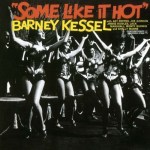




 Hot Stamper Pressings of Piano Jazz Albums Available Now
Hot Stamper Pressings of Piano Jazz Albums Available Now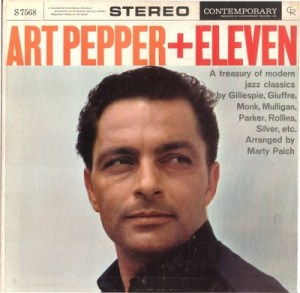
 Hot Stamper Pressings of Contemporary Jazz Albums Available Now
Hot Stamper Pressings of Contemporary Jazz Albums Available Now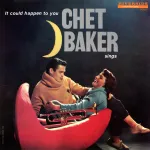 Hot Stamper Pressings of Top Quality Jazz Recordings Available Now
Hot Stamper Pressings of Top Quality Jazz Recordings Available Now
